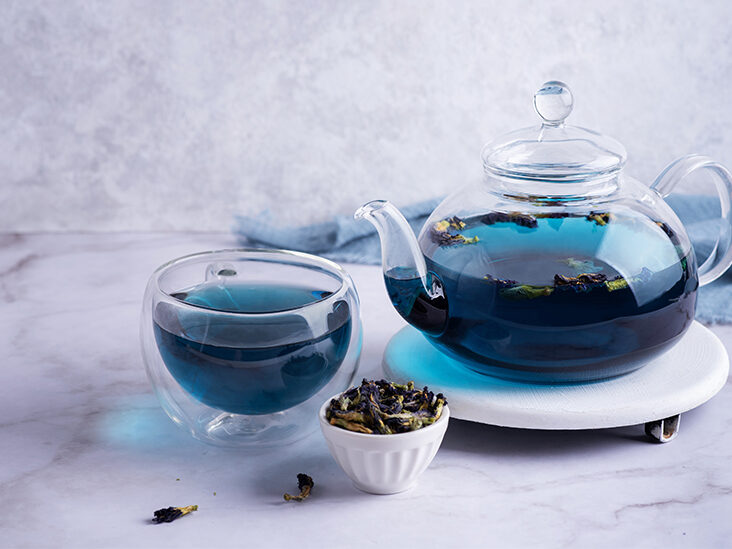Blue tea — also known as butterfly pea or blue pea tea — is an herbal infusion native to South Asia.
It’s made by brewing the dry petals of Clitoria ternatea L., a plant known for its characteristic bright blue color.
Aside from being a natural food colorant, blue tea is widely consumed for its medicinal properties. For instance, it reportedly improves heart and brain health and provides anti-diabetic and anti-cancer effects (1Trusted Source).
This article reviews blue tea, including its benefits, downsides, and how to prepare it.
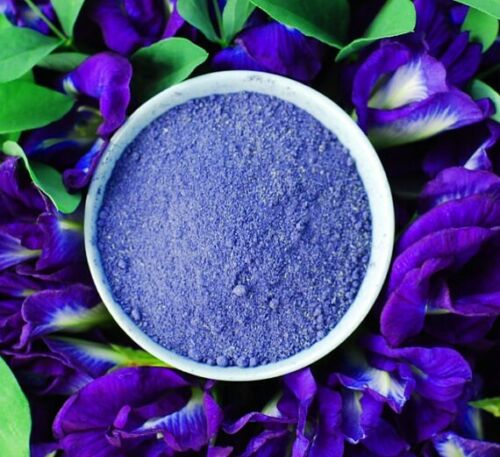
What is blue tea?
Blue tea is an herbal infusion made with the dry petals of Clitoria ternatea L., commonly known as Butterfly pea. The infusion is often flavored with ingredients like mint, ginger, lemongrass, or cinnamon
Butterfly pea flowers range from white to intense blue. The blue color is due to their high content of anthocyanins — antioxidant pigments also found in other blue and purple fruits and vegetables.
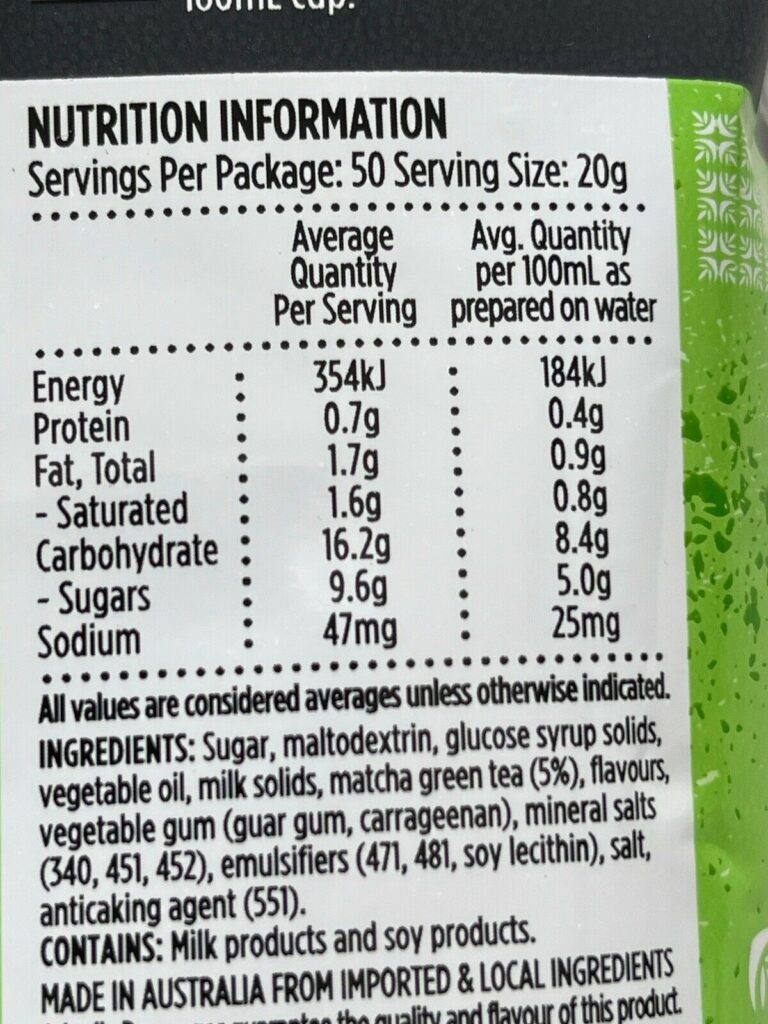
Once brewed, the tea may change color to red, violet, or green, depending on its pH or acidity level. You can modify this by adding tonic water, lemon, or lime (2Trusted Source, 3Trusted Source).
Aside from giving the tea its distinctive blue color, anthocyanins are also responsible for its touted medicinal properties. In fact, that’s why it’s long been used in Ayurvedic medicine to treat multiple ailments
t’s also worth noting that butterfly pea flowers are used as a natural food dye and as ornamental flowers worldwide
Blue tea is an herbal infusion made from butterfly pea flowers, which are rich in anthocyanins. Anthocyanins give the tea its bright blue color and medicinal properties.
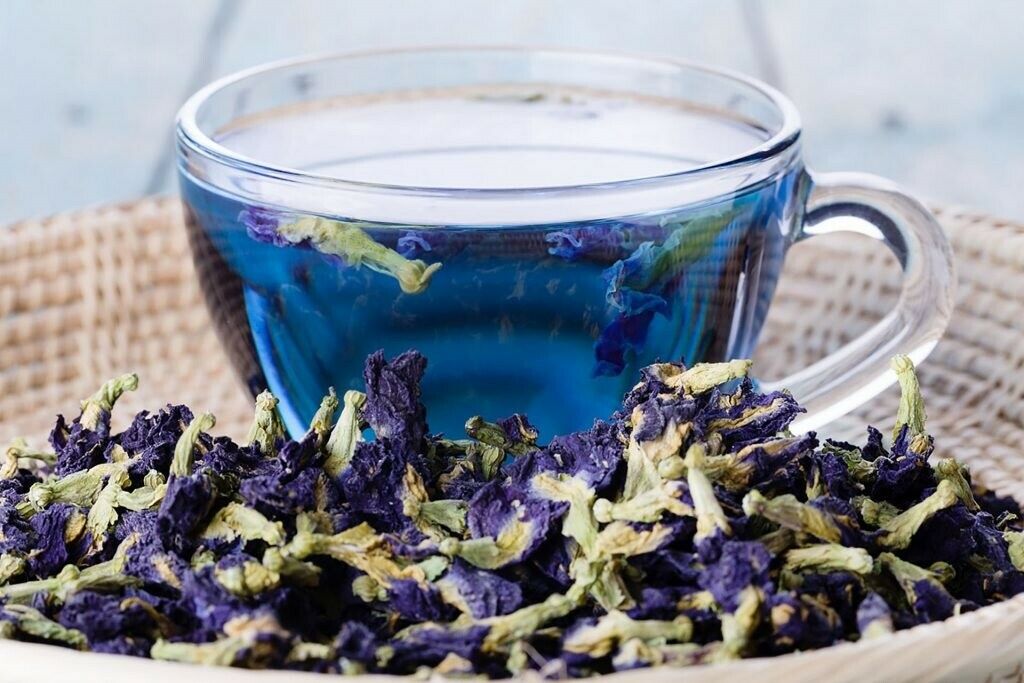
Benefits of drinking blue tea
Here are some of the most popular and evidence-based benefits of drinking blue tea.
Rich in antioxidants
Antioxidants are beneficial compounds that scavenge molecules known as free radicals. Too many free radicals in your body can lead to oxidative stress, which can promote the onset of certain diseases (3Trusted Source, 5Trusted Source).
As mentioned, butterfly pea flowers are rich in anthocyanins — namely delphinidin, which is largely responsible for the deep blue to purple color (3Trusted Source, 6Trusted Source).
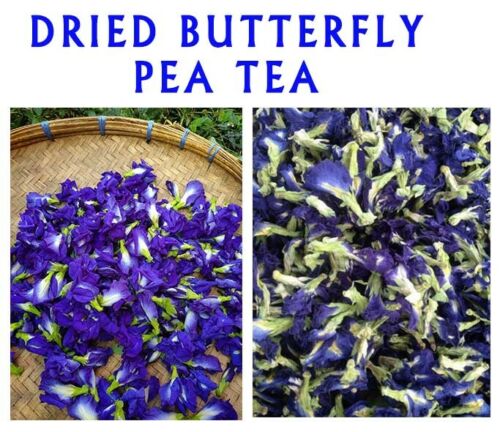
Anthocyanins are a group of antioxidants. They’re present in edible fruits, vegetables, and flowers and provide beneficial effects against diseases like heart disease, diabetes, and certain types of cancer (6Trusted Source).
Evidence also suggests that delphinidin protects against lipid peroxidation — a process that damages cell membranes, promotes aging, and causes the formation of a carcinogenic compound called malondialdehyde (MDA) (7Trusted Source, 8Trusted Source).
Further, a small study in 16 men who were overweight or obese found that taking butterfly pea flower extract after a high fat meal helped maintain high levels of Glutathione peroxidase (Gpx). Gpx is an antioxidant enzyme that helps reduce lipid peroxidation (8Trusted Source).

Promotes heart health
Drinking blue tea may boost your heart health by improving blood pressure and cholesterol levels.
Animal studies suggest that butterfly pea flower extract may lower blood pressure through its vasorelaxation properties — meaning that it helps widen your blood vessels to enhance blood flow (7Trusted Source, 9Trusted Source).
In addition, it boasts antithrombotic effects. This means it may prevent the formation of blood clots, a risk factor for stroke (7Trusted Source).
The previously mentioned small study in 16 men with overweight or obesity further found that taking butterfly pea extract after a high fat meal reduced the formation of fat cells and the accumulation of triglycerides (8Trusted Source).
This means the extract may improve unusually high concentrations of blood lipids after a meal — a predictor of heart disease (8Trusted Source).
To explain this effect, researchers speculate that the flower’s antioxidants inhibit pancreatic lipase, an enzyme in charge of breaking down dietary fats (8Trusted Source).
May have anti-diabetes properties
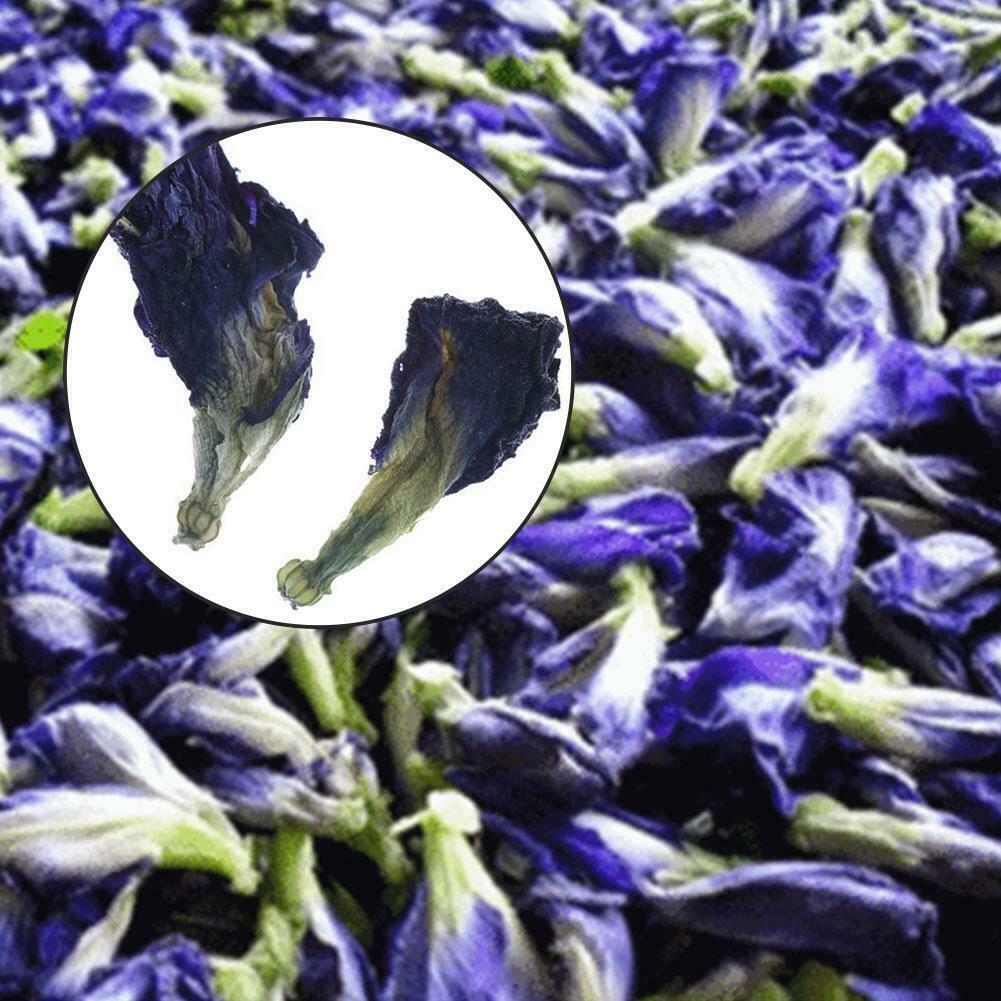
Anthocyanins in blue tea may help manage your blood sugar levels.
Some research shows that antioxidants in butterfly pea extract may inhibit carb-digesting enzymes like intestinal alpha-glucosidase, pancreatic alpha-amylase, and intestinal sucrase (1Trusted Source, 3Trusted Source).
By inhibiting said enzymes, the extract delays the digestion and absorption of sugars. In return, this results in reduced blood sugar and insulin levels (1Trusted Source, 3Trusted Source).
Reduced blood insulin levels have been associated with a lower risk of insulin resistance, blood vessel dysfunction, obesity, and metabolic syndrome (1Trusted Source).
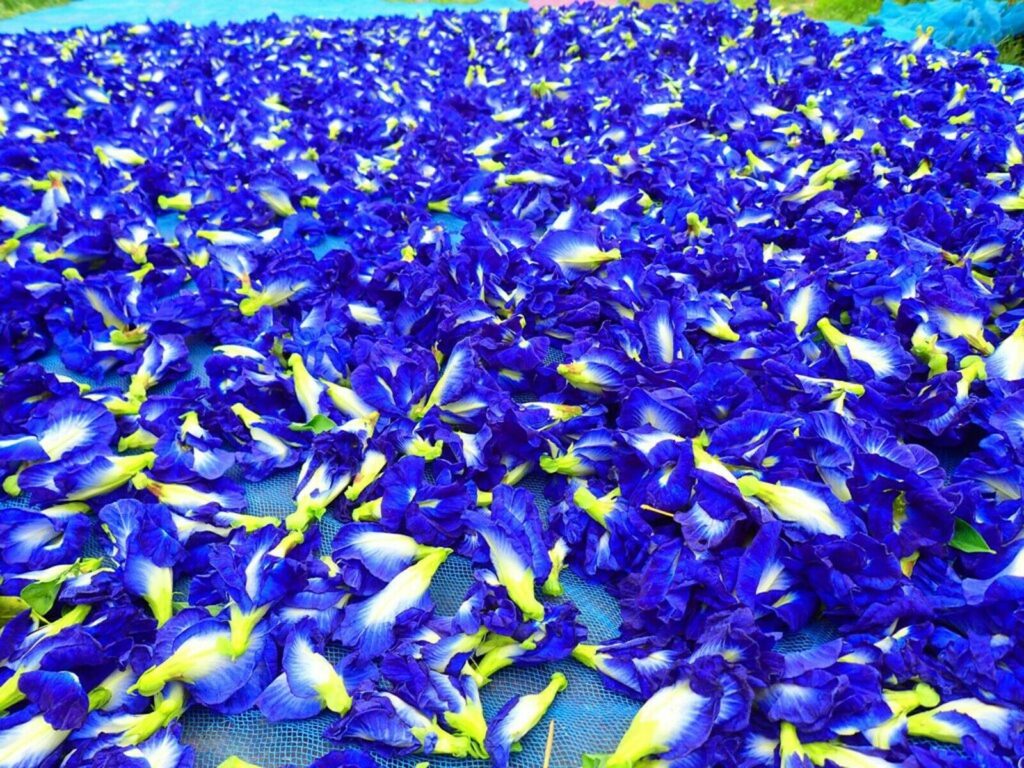
However, human research still has conflicting findings when analyzing the anti-diabetic properties of blue tea.
A study in 15 healthy adults determined that consuming sucrose — or table sugar — with 1 or 2 grams of butterfly pea extract led to suppressed insulin and blood sugar levels 30 minutes later, suggesting improved blood sugar management after a meal (1Trusted Source).
In contrast, the small study in 16 men with overweight or obesity found no significant differences in blood sugar levels after a high fat meal supplemented with the same amount of butterfly pea extract (8Trusted Source).
Additionally, note that human studies use the flower’s extract and not the tea. Seeing as tea is much more diluted, it’s unlikely to have the same notable effects.
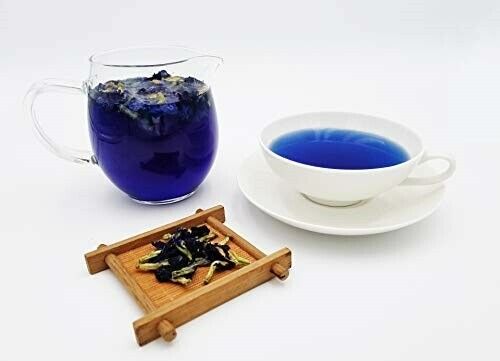
Other benefits
Other potential benefits of drinking blue tea include:
- Anti-fungal and antimicrobial properties. Certain antioxidants found in the flower may offer anti-fungal properties against Penicillium expansum conidia and antibacterial properties against Streptococcus mutans and Staphylococcus aureus (2Trusted Source, 3Trusted Source, 7Trusted Source, 10, 11).
- Improved brain health. Animal studies suggest that butterfly pea extract may improve memory and prevent further memory loss in Alzheimer’s Disease, though no research confirms these effects in humans (2Trusted Source, 12Trusted Source).
- Caffeine-free alternative. Since blue tea is made from butterfly pea flowers and not the Camellia sinensis plant — the source of caffeine in black tea — it’s a caffeine-free beverage (13Trusted Source).
- Natural food colorant. The blue color of butterfly pea flowers is a popular alternative to artificial blue food colorants, which have become increasingly disfavored due to health concerns (2Trusted Source).
While research on blue tea’s benefits is promising, most of it focuses on extracts and antioxidants rather than brewed tea. In addition, there is an evident lack of human studies, as most of the research is related to findings from test-tube and animal studies.
Thus, further human research is needed to better understand the beneficial effects of drinking a cup of this tea.
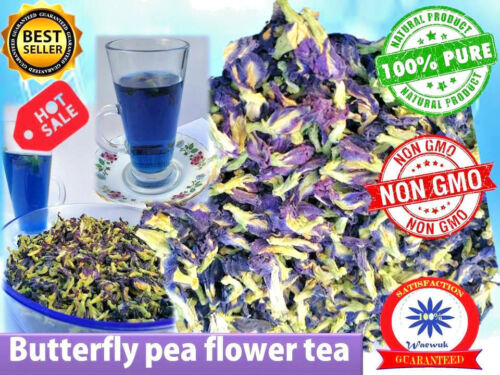
SUMMARY
Thanks to its high anthocyanin content, blue tea may improve heart and brain health and provide anti-diabetic, anti-cancer, and antimicrobial properties. However, more research is needed to validate these effects.
Potential side effects
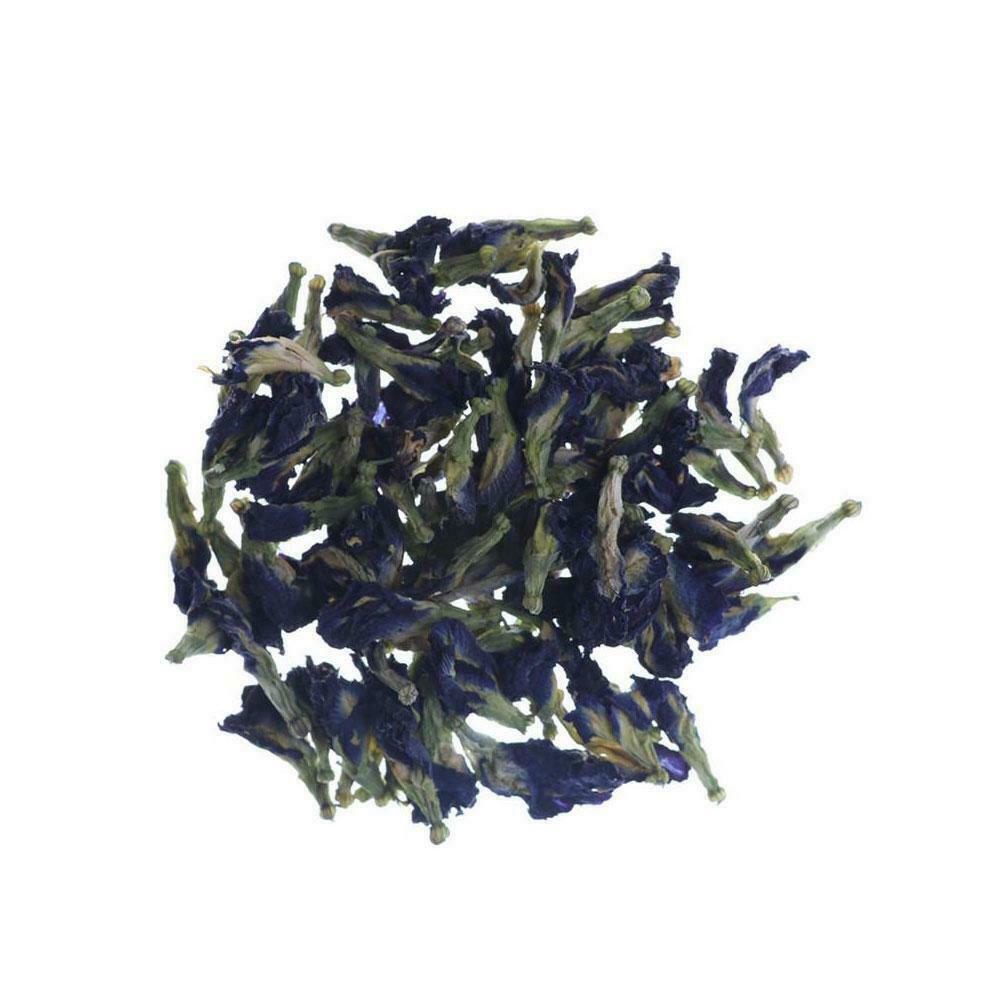
There are currently no reported side effects from drinking blue tea.
That said, some anecdotal evidence claims it may cause nausea, stomach ache, and diarrhea if consumed in large amounts.
SUMMARY
When consumed in moderation, blue tea is generally considered safe.
How to make blue tea
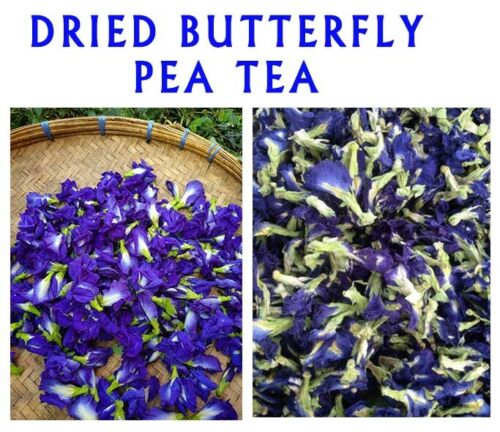
Making a cup of blue tea is easy, and you can enjoy it hot or cold.
Here’s what you’ll need to make a cup of blue tea at home:
- 1 cup (240 mL) boiling water
- 3–5 butterfly pea flowers, 1 tsp dried butterfly pea flowers, or 1 tea bag
- sugar, honey, or another sweetener of choice (optional)
- juice from half a lime or lemon (optional)
Place the butterfly pea flowers or tea bag into a cup and add boiling water. Let sit for 5 minutes or until the water turns into a bright blue color. Sweeten with sugar or honey to taste if desired.
You can also add lime or lemon juice. Besides adding a tangy flavor, this also lowers the tea’s pH or acidity level, changing its color from blue to violet.
To enjoy a refreshing glass of blue tea on a hot summer day, simply let the tea cool, transfer to a glass, and add crushed ice.
SUMMARY
Make blue tea at home by steeping butterfly pea flowers in boiling water. Add lemon juice for extra flavor and to change the tea’s color.
The bottom line
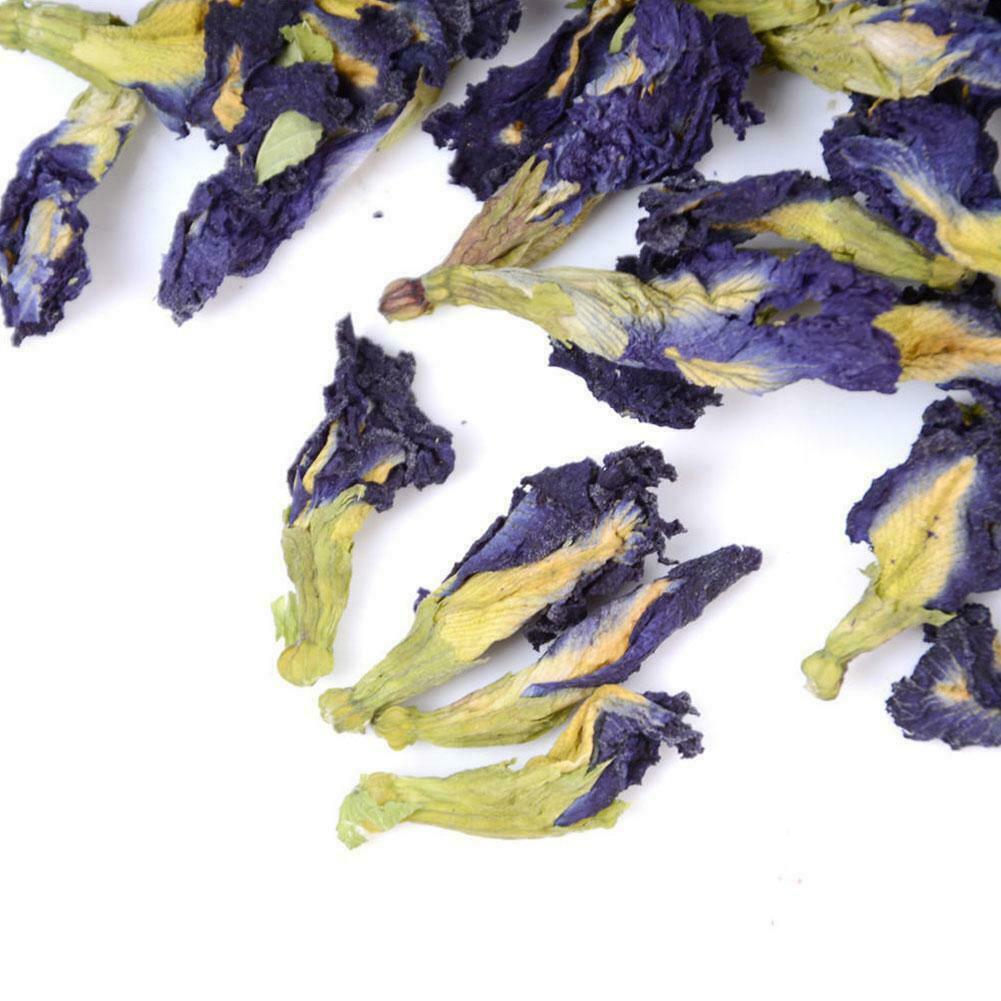
Blue tea is an herbal infusion made by steeping butterfly pea flowers in hot water.
Its high anthocyanin content gives the tea its characteristic bright blue color and medicinal properties. These may include improved heart and brain health and anti-diabetic and cancer-fighting properties, to mention a few.
Blue tea is generally safe to consume, although it may lead to digestive discomfort if consumed in high amounts.
So, next time you feel like a hot cup of tea or iced tea, why not reach for blue tea?
Just one thing
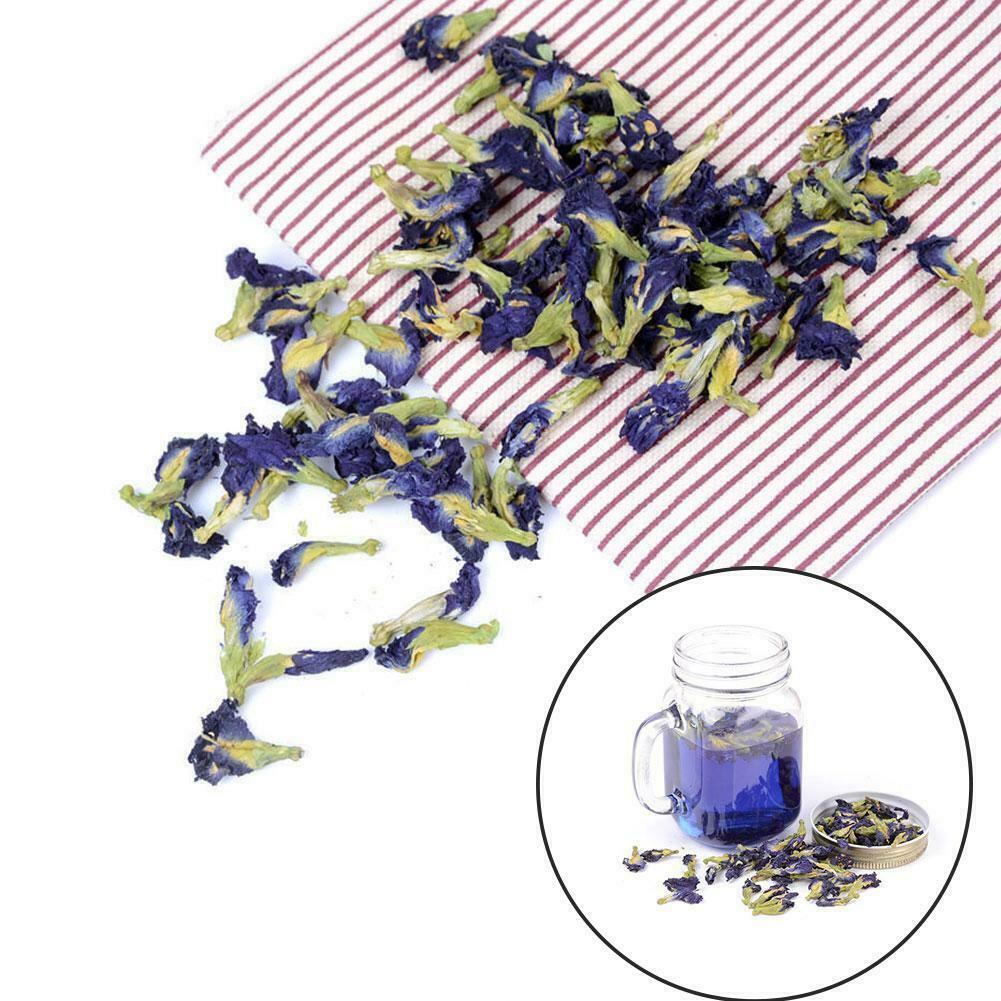
Try this today: Butterfly pea flowers can be used to make a lot more than a cup of tea. You can also use them to make blue lattes, cocktails, cakes, and cookies.
YES, I HAVE THE BLUE TEA PETALS & PLANT SEEDS FOR SALE AS WELL
Any questions or if buying, contact me HERE


